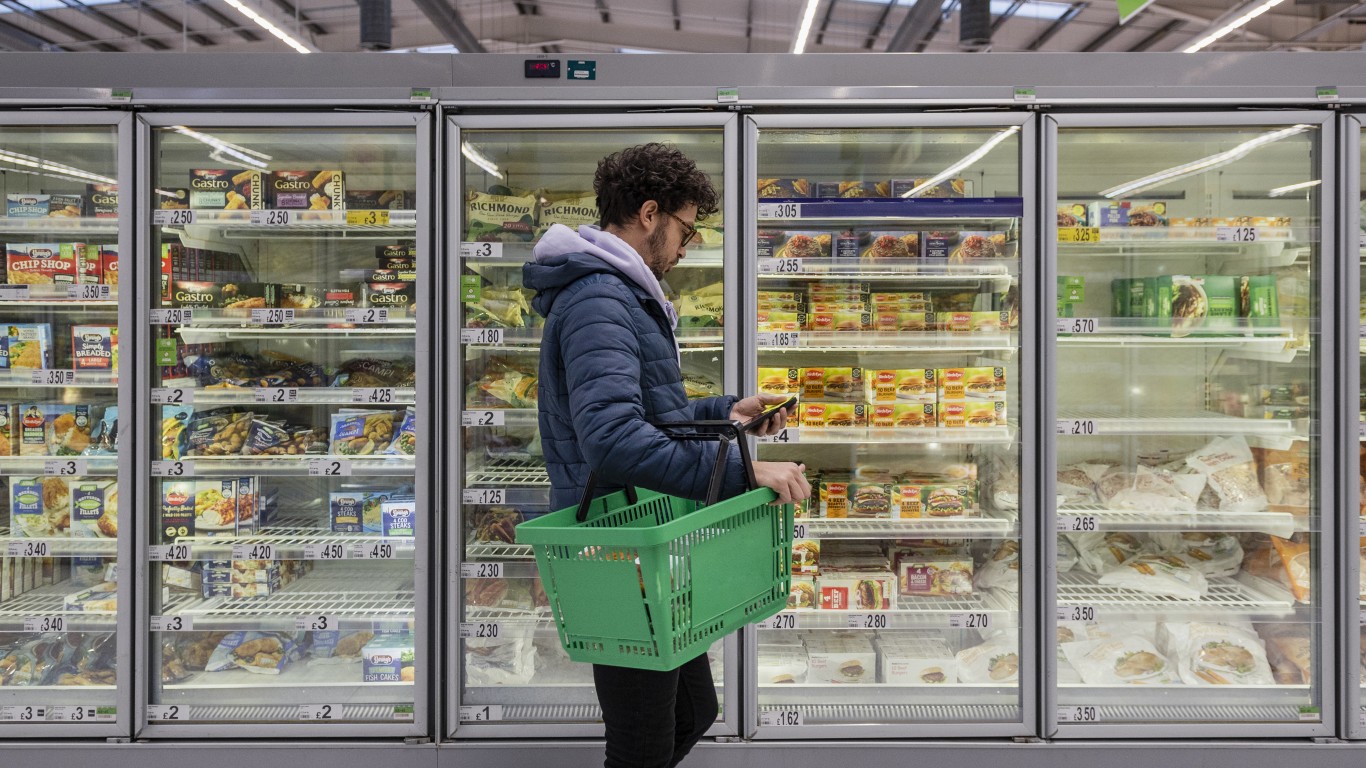
In this economic environment, runaway inflation is under control until it isn’t. The Bureau of Labor Statistics consumer price index (CPI) rose 7.7% year over year in October, which was lower than the increase in the previous three months. Economists viewed this as a signal that the costs of goods and services would no longer increase at a rate that would damage the economy. Then, last week, the economy added 263,000 jobs, much more than expected. The odds that inflation would be a major problem next year grew.
[in-text-ad]
If the definition of victory over inflation is for it to settle back at 2%, the road there may go on for years. The Federal Reserve’s target reflects a desire to return to the remarkably low inflation pace that lasted almost a decade. Events that involve supply chains and geopolitical and labor issues mean there are a large number of moving parts the Fed has to control. The effects of monetary policy may not be adequate to bring them all to heel.
Prices increases across a number of goods and services may not be affectable at all. Apple’s iPhone is a good example. Pandemic lockdowns caused a shutdown of its largest assembly plant worldwide due to COVID-19. That curtailed supply during a holiday season, when demand is brisk. iPhones may be harder to find and more expensive.
Food is among the few things on every American’s shopping list. Much of this list has been affected by inflation. While the increase in goods and services measured by the CPI has risen less than 8% recently, the price of some foods is up by as much as 40%. There is no such thing as a household that does not need food.
Almost every American home has a car. While new car sales have dropped to about 10 million a year from a pre-pandemic 17 million, and used car sales are about the same per year, much of the population and a large portion of American households will get a car next year. Most of those car sales will be financed or leased. Higher interest rates generally have pushed up the interest rates on car loans. Another part of daily living is much more expensive than just a year ago.
Transportation continues to be an inflation driver. Much of this involves the cost of fuel. A particularly difficult issue is the price of diesel, which has almost doubled in a year. Diesel-powered trucks move about a third of the goods transported in America each year.
Because the causes of inflation are so varied, that makes a solution all the harder to find. Next year will be a tough one in which to fight inflation because the fight will be on so many fronts.
In 20 Years, I Haven’t Seen A Cash Back Card This Good
After two decades of reviewing financial products I haven’t seen anything like this. Credit card companies are at war, handing out free rewards and benefits to win the best customers.
A good cash back card can be worth thousands of dollars a year in free money, not to mention other perks like travel, insurance, and access to fancy lounges.
Our top pick today pays up to 5% cash back, a $200 bonus on top, and $0 annual fee. Click here to apply before they stop offering rewards this generous.
Flywheel Publishing has partnered with CardRatings for our coverage of credit card products. Flywheel Publishing and CardRatings may receive a commission from card issuers.
Thank you for reading! Have some feedback for us?
Contact the 24/7 Wall St. editorial team.
 24/7 Wall St.
24/7 Wall St.

